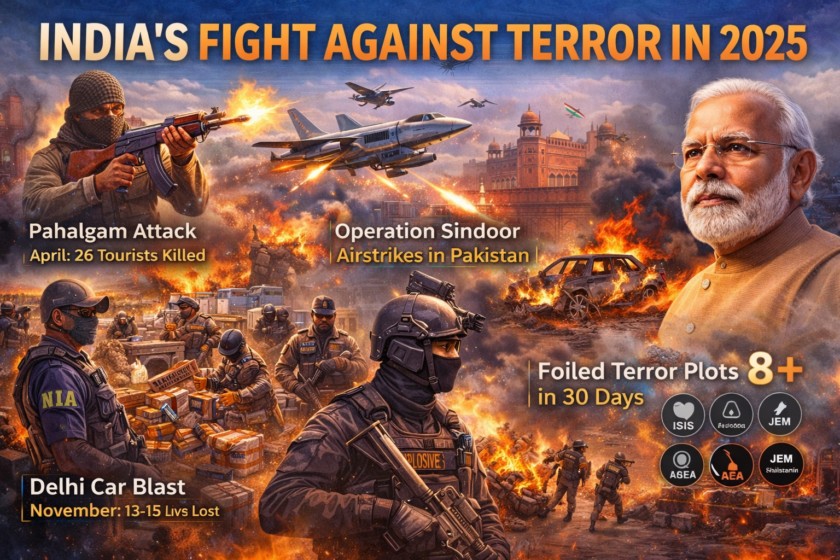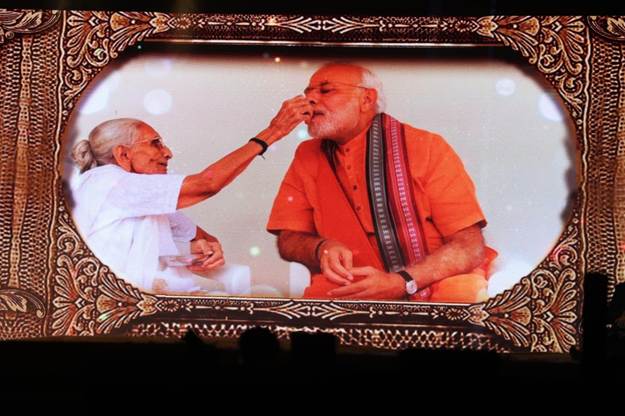New Delhi: The record-breaking summer is leaving. This year the scorching earth has given us a glimpse of tomorrow. All parameters had collapsed. If we still do not wake up, it is not difficult to imagine the tragedy. With the heat, three-fourths of the country is facing water crisis.
We are wasting ten times more water than we need for use. Nature has ensured abundant availability of water, through rain and groundwater. Monsoon has knocked from the coasts to the cities. But are we ready to save this rainwater?
Governments try to collect water every year by running campaigns. Prime Minister Modi called for saving rainwater by starting campaigns like “Catch the Rain”. Despite this, rainwater is not being collected in India. The unfortunate mentality of leaving everything to the government has completely displaced the traditional folk life of India.
We Indians are leading in breaking all records not only of water storage but also of its wastage.
70 percent people in India are drinking polluted water
The question is that when we have been adept at rain water harvesting for centuries, then why do we need a government system? Actually, consumerism and a lifestyle of separation from nature has ruined our fabric. This is the reason that the society which had a father-son relationship with nature, today the same society is facing the fury of nature. Today there is a need to revive our eternally established relationships with water, land and forests. We can start this with this rainy season itself.
Statistics show that 970 lakh people in urban areas of India do not have access to clean drinking water. The condition of drinking water is not much better in our rural areas as well. There too, about 70 percent people are forced to drink polluted water and 33 crore people live in dry areas. Overall, about 70 percent of the water in India is polluted. There is already a limited amount of water available in the country, despite this the wastage of water continues. This trend is dangerous.
The speed at which water is being wasted can make our future very frightening. Groundwater level is falling rapidly. Rivers are drying up. Wetlands are also in danger. Our country with a population of 150 crores is not serious about water conservation. In Mumbai alone, which is called the country’s economic capital, about 50 lakh liters of water is wasted every day in washing vehicles. In metros like Delhi, Mumbai and Chennai, 17 to 44 percent of water is wasted every day due to leakage in pipelines.
What does the report say
A recent study report on groundwater released by Niti Aayog has warned of this. According to this report, groundwater is on the verge of ending in 21 big cities, due to which about 15 crore population will be forced to crave for water. This study by Niti Aayog shows how India is getting surrounded by water crisis. Failure in rain and groundwater management has posed a big challenge for the future in India. Today 17 percent of the world’s population lives in India. There are 15 percent animals but as per the standard, only 04 percent of clean water resources are left. According to the report, ground water is decreasing by 03 meters every year in India.

That means even underground water is decreasing every year. The most important reason for this is the so-called modern farming which is 80 percent dependent on tube wells on the water available inside the ground, leaving the traditional methods of farming.
Every year 3880 billion cubic meters (one billion) of water falls in India as rain. Out of this, we are able to use only 699 billion cubic meters of water in pure form. Actually this is happening because we have destroyed the old water storage system in the name of development. 70 years ago there were countless ponds and other similar water storage units in villages and cities, today the pressure of increasing population has destroyed all of them. The efforts of modern water storage have been left to the leaders and officers, there is almost no public participation in this. As a result, we have failed in rain water storage.
More water is being wasted than is being consumed
Till 1947, about 60 lakh liters of water was easily available to every Indian. In 2011, it reduced to 15 lakh liters. In 2031, it will reduce to 13.50 lakh liters. It is estimated that in 2051, it will reduce to only 11 lakh liters. According to experts, when the per capita water availability falls below 17 lakh liters, it is considered a serious water crisis. It is clear that we have moved towards a severe water crisis in the future. A study by the Central Water Commission shows that every Indian is wasting an average of 45 liters of water every day. This wastage is happening through homes, bathrooms and other means. Earlier, water was collected in our homes as per the requirement because the sources were wells and there were no foreign arrangements for bathing and defecation like today. The RO installed in homes wastes four liters of water to purify one liter of water. Bottled water manufacturing companies are extracting 15 thousand liters of water from the ground every hour. According to NGT, a total of 49 billion liters of water is being wasted every day in the country.
Weather-Update
A study by Niti Aayog shows that in the coming two to three decades, 60 percent of India’s population is going to face a serious crisis of drinking water. In cities like Bhopal, Indore, Ratlam, Delhi, Noida, Gurugram, Agra, Patiala, Amritsar, Bikaner, Ghaziabad, Chennai, Bengaluru, Ajmer, Mohali, Chandigarh, horrific conditions are going to be created by 2030.
Available in India
There is not that much shortage of water. Apart from the main rivers of our country, we get an average of 11.70 crore cubic meters of rain water every year. Apart from this, 1608 billion cubic meters of water is also obtained every year from renewable water conservation. We have the ninth largest ‘fresh water storage’ in the world. Even then, the water problem prevailing in India clearly reflects our mismanagement regarding water conservation, not the shortage of water. Water conservation is the need of the hour.
For this, proper drainage, clean and safe disposal of wastewater is necessary. Under this system, dirty water can be recycled and made usable, so that it can be sent back to people’s homes for drinking and domestic use. Good quality irrigation systems can be ensured in drought-affected areas. These systems can be managed in such a way that water is not wasted. Recycled or rainwater can also be used to avoid unnecessary shortage of water supply.





